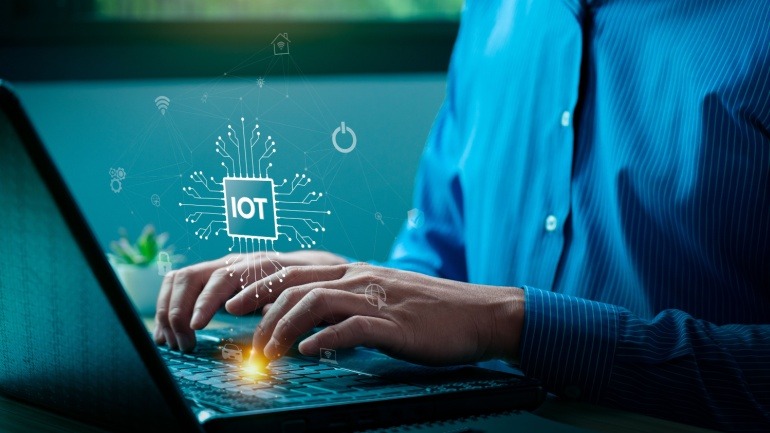Telstra and Ericsson have successfully deployed a cutting-edge RAN Compute platform, marking a significant advancement in mobile connectivity. This deployment, which went live on August 14, 2024, represents a major step towards enhancing 5G capabilities in Australia, offering unprecedented speed, reliability, and efficiency.
The newly deployed Ericsson RAN Processor 6672, utilizing a Centralised RAN (C-RAN) configuration, delivers over three times the capacity of its predecessor. This advanced RAN Compute platform is engineered to process large volumes of data simultaneously while optimizing user experience with advanced AI capabilities. Notably, this system consumes less energy.
In the C-RAN setup, the new RAN processors reduce energy consumption by up to 60% compared to traditional distributed deployments. This efficiency is achieved through Ericsson’s packet fronthaul technology, which also increases operational flexibility and eliminates single points of failure.
This advancement is pivotal in future-proofing the network, preparing it for upcoming 5G Advanced technologies. Telstra’s network is anticipated to evolve rapidly, offering new features supported by enhanced automation and AI/ML capabilities. With up to 20 times more pre-loaded AI models, the platform can deliver a superior user experience.
Emilio Romeo, Head of Ericsson for Australia and New Zealand, remarked, “The deployment of our latest Generation RAN compute platform with Telstra represents a significant global milestone in mobile technology. This breakthrough not only enhances current services but also prepares the network for future innovations providing a more reliable, sustainable experience.”
Sri Amirthalingam, Telstra’s Executive for Wireless Network Engineering, added, “We aspire to give our customers a world leading mobile experience and this technology will unlock new capabilities and support increased capacity in the network. With Ericsson’s support, it will help us meet our customers’ data needs more efficiently as they rely on their mobile for day-to day tasks and is an important step in laying the foundations for 6G.”







